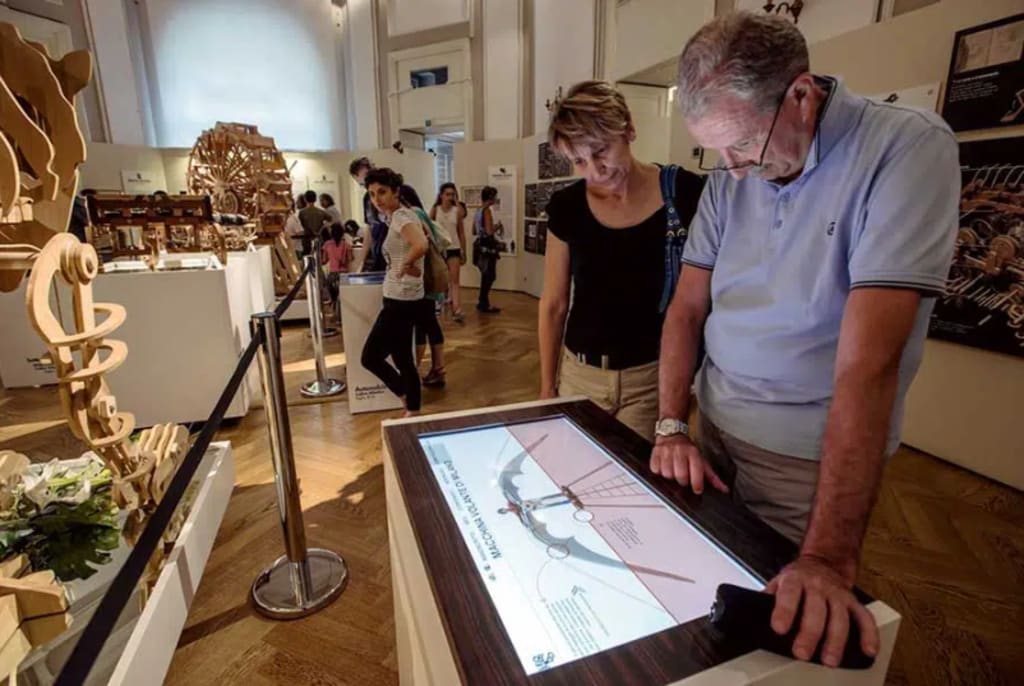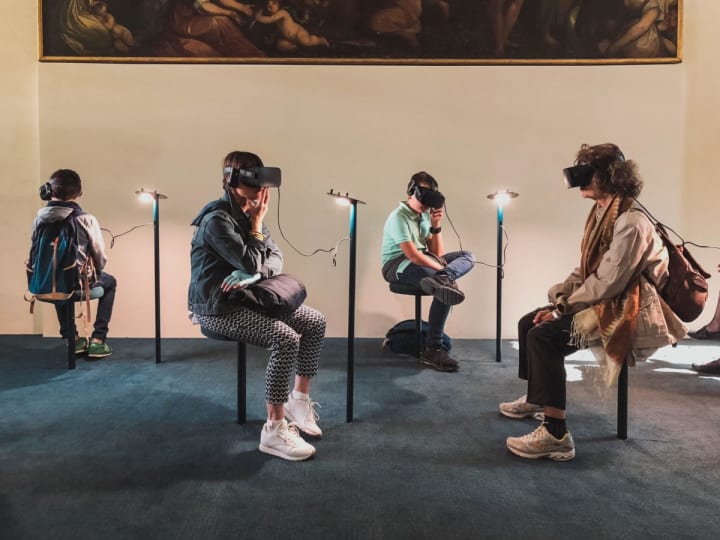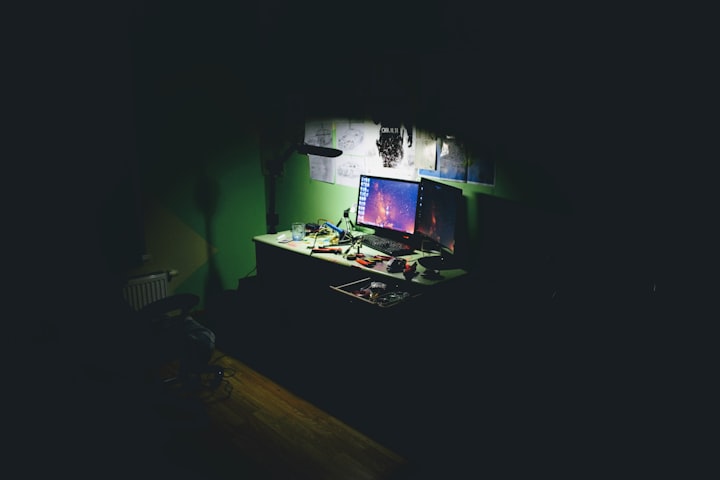
Technology has brought significant changes in the way we experience and preserve culture. From virtual reality to 3D printing, technology has made it possible to not only experience culture in new ways but also preserve it for future generations. In this article, we'll explore the ways technology is changing the way we experience and preserve culture.
1. Virtual Reality
Virtual reality (VR) is a computer-generated simulation that can replicate an environment, including sights, sounds, and even smells. VR has the potential to revolutionize the way we experience culture by allowing us to immerse ourselves in it fully. Imagine being able to walk through the streets of ancient Rome or explore the inside of a pyramid in Egypt without leaving your home.
VR can also be used to preserve culture. Museums and heritage sites can create virtual tours that allow visitors to explore exhibits and artifacts from anywhere in the world. This means that people who may not have the means to travel or who live far away from cultural sites can still experience them.
Virtual reality is not only revolutionizing the way we experience culture but also how we learn about it. VR can be used to recreate historical events, allowing students to experience them firsthand. For example, students can use VR to explore the Great Wall of China or witness the eruption of Mount Vesuvius in Pompeii. This immersive experience can make history come alive for students in a way that textbooks cannot.
In addition, VR can be used to preserve cultural heritage sites that are at risk of damage or destruction. For example, CyArk is a nonprofit organization that uses laser scanning and 3D modeling to create digital copies of cultural heritage sites. These digital copies can be used to reconstruct sites that have been damaged or destroyed by natural disasters, war, or other events.

2. Augmented Reality
Augmented reality (AR) is another technology that is changing the way we experience culture. AR overlays digital information onto the physical world, creating a unique experience for users. Museums and cultural sites can use AR to provide visitors with additional information about exhibits and artifacts. For example, visitors could use their smartphones to scan a QR code on a display, and AR technology would provide them with more information about the exhibit.
AR can also be used to bring historical events to life. Imagine being able to stand in the middle of a battlefield and see what it looked like during a particular battle. AR can overlay historical information onto the physical world, providing a more immersive and engaging experience for visitors.
Augmented reality is not just limited to museums and cultural sites. It can also be used to enhance the way we experience art. For example, the Google Arts & Culture app uses AR to allow users to view famous artworks in their own homes. Users can select an artwork and use their phone's camera to see the artwork superimposed onto their surroundings. This allows users to see the artwork in a new and unique way.
AR can also be used to enhance cultural experiences in public spaces. For example, the City of Sydney created an AR experience that allowed visitors to explore the city's history and culture. The experience included a virtual tour of the city's landmarks and provided historical information about each site.

3. 3D Printing
3D printing is a technology that has the potential to revolutionize the way we preserve cultural artifacts. 3D printing allows us to create exact replicas of artifacts, which can be used for research, education, and even display. Museums and cultural institutions can use 3D printing to create replicas of artifacts that are too delicate to display or are located in other parts of the world.
In addition, 3D printing can be used to create replicas of cultural artifacts that have been damaged or destroyed. For example, a 3D printer was used to recreate a statue of a lion that had been destroyed by ISIS in Syria. The replica was then displayed in London's Trafalgar Square as a symbol of defiance against the destruction of cultural heritage.
3D printing is not just limited to creating replicas of cultural artifacts. It can also be used to create new works of art. For example, artist Ioan Florea uses 3D printing to create sculptures that are inspired by natural forms. His sculptures are created using a combination of 3D printing and traditional sculpture techniques.
In addition, 3D printing can be used to create tactile models of artifacts for visually impaired visitors. These models allow visitors to explore artifacts through touch, providing a unique and immersive experience.

4. Social Media
Social media has changed the way we share and experience culture. Platforms like Instagram, Twitter, and TikTok allow us to share photos, videos, and stories about cultural experiences with others. This means that people can share their experiences with others, even if they are unable to travel to cultural sites themselves.
Social media has also made it easier for cultural institutions to share their collections and exhibits with a wider audience. Museums and galleries can share images and videos of their collections on social media, allowing people from all over the world to experience them.
Social media has made it easier for people to discover new cultures and traditions. For example, Instagram has become a platform for cultural influencers to share their experiences and insights. These influencers provide a window into cultures that may not be readily accessible to others.
Social media has also made it easier for cultural institutions to engage with their audiences. Museums and galleries can use social media to share behind-the-scenes content, provide insights into their collections, and promote upcoming events.
Conclusion
In conclusion, technology is changing the way we experience and preserve culture in exciting and innovative ways. From virtual reality to social media, technology has made it possible to engage with culture in ways that were previously impossible. As technology continues to evolve, we can expect to see even more groundbreaking developments in the field of cultural preservation and experience.





Comments
There are no comments for this story
Be the first to respond and start the conversation.